Yong Han
Transformer-based toxin-protein interaction analysis prioritizes airborne particulate matter components with potential adverse health effects
Dec 21, 2024Abstract:Air pollution, particularly airborne particulate matter (PM), poses a significant threat to public health globally. It is crucial to comprehend the association between PM-associated toxic components and their cellular targets in humans to understand the mechanisms by which air pollution impacts health and to establish causal relationships between air pollution and public health consequences. Although many studies have explored the impact of PM on human health, the understanding of the association between toxins and the associated targets remain limited. Leveraging cutting-edge deep learning technologies, we developed tipFormer (toxin-protein interaction prediction based on transformer), a novel deep-learning tool for identifying toxic components capable of penetrating human cells and instigating pathogenic biological activities and signaling cascades. Experimental results show that tipFormer effectively captures interactions between proteins and toxic components. It incorporates dual pre-trained language models to encode protein sequences and chemicals. It employs a convolutional encoder to assimilate the sequential attributes of proteins and chemicals. It then introduces a learning module with a cross-attention mechanism to decode and elucidate the multifaceted interactions pivotal for the hotspots binding proteins and chemicals. Experimental results show that tipFormer effectively captures interactions between proteins and toxic components. This approach offers significant value to air quality and toxicology researchers by allowing high-throughput identification and prioritization of hazards. It supports more targeted laboratory studies and field measurements, ultimately enhancing our understanding of how air pollution impacts human health.
Explaining neural network predictions of material strength
Nov 05, 2021
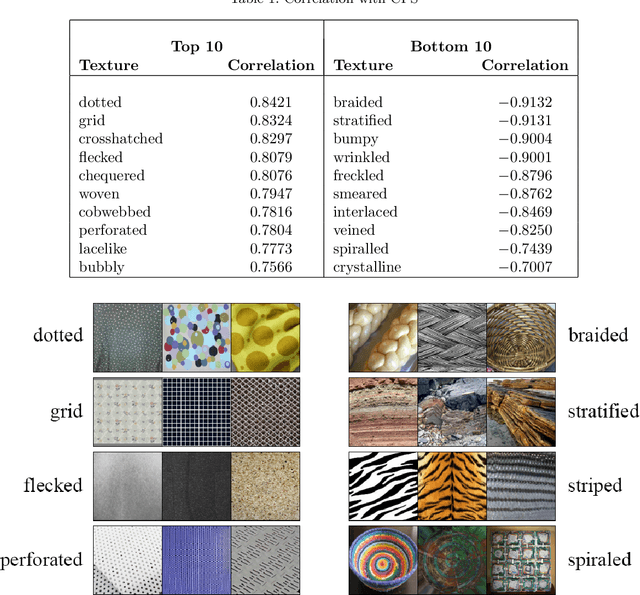
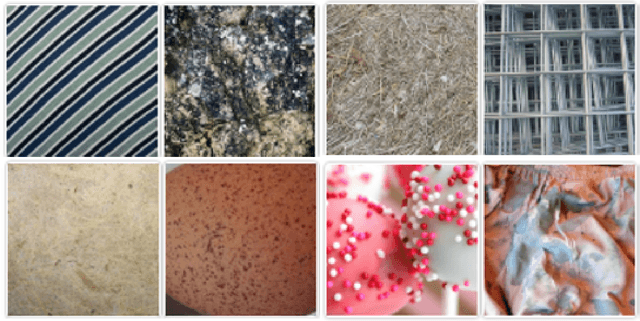
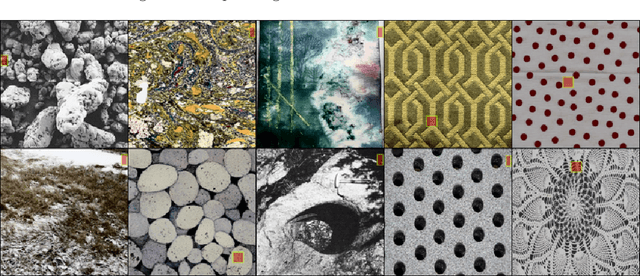
Abstract:We recently developed a deep learning method that can determine the critical peak stress of a material by looking at scanning electron microscope (SEM) images of the material's crystals. However, it has been somewhat unclear what kind of image features the network is keying off of when it makes its prediction. It is common in computer vision to employ an explainable AI saliency map to tell one what parts of an image are important to the network's decision. One can usually deduce the important features by looking at these salient locations. However, SEM images of crystals are more abstract to the human observer than natural image photographs. As a result, it is not easy to tell what features are important at the locations which are most salient. To solve this, we developed a method that helps us map features from important locations in SEM images to non-abstract textures that are easier to interpret.
Reliable Graph Neural Network Explanations Through Adversarial Training
Jun 25, 2021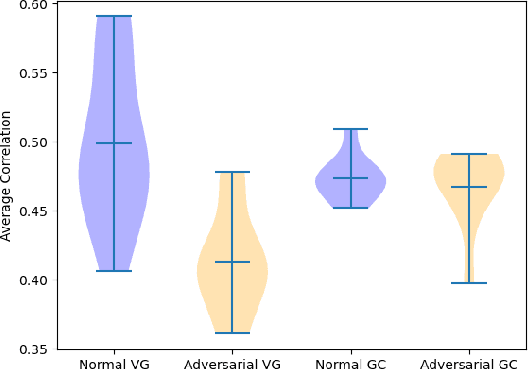
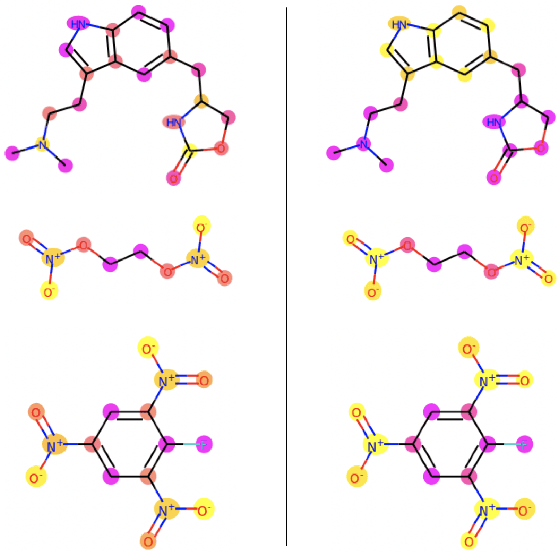
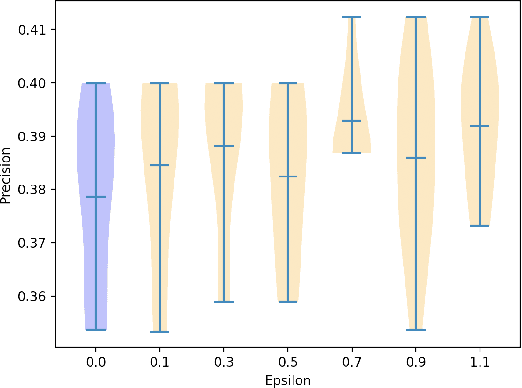
Abstract:Graph neural network (GNN) explanations have largely been facilitated through post-hoc introspection. While this has been deemed successful, many post-hoc explanation methods have been shown to fail in capturing a model's learned representation. Due to this problem, it is worthwhile to consider how one might train a model so that it is more amenable to post-hoc analysis. Given the success of adversarial training in the computer vision domain to train models with more reliable representations, we propose a similar training paradigm for GNNs and analyze the respective impact on a model's explanations. In instances without ground truth labels, we also determine how well an explanation method is utilizing a model's learned representation through a new metric and demonstrate adversarial training can help better extract domain-relevant insights in chemistry.
Generative Counterfactual Introspection for Explainable Deep Learning
Jul 06, 2019



Abstract:In this work, we propose an introspection technique for deep neural networks that relies on a generative model to instigate salient editing of the input image for model interpretation. Such modification provides the fundamental interventional operation that allows us to obtain answers to counterfactual inquiries, i.e., what meaningful change can be made to the input image in order to alter the prediction. We demonstrate how to reveal interesting properties of the given classifiers by utilizing the proposed introspection approach on both the MNIST and the CelebA dataset.
Preprint ARPPS Augmented Reality Pipeline Prospect System
Aug 18, 2015
Abstract:This is the preprint version of our paper on ICONIP. Outdoor augmented reality geographic information system (ARGIS) is the hot application of augmented reality over recent years. This paper concludes the key solutions of ARGIS, designs the mobile augmented reality pipeline prospect system (ARPPS), and respectively realizes the machine vision based pipeline prospect system (MVBPPS) and the sensor based pipeline prospect system (SBPPS). With the MVBPPS's realization, this paper studies the neural network based 3D features matching method.
 Add to Chrome
Add to Chrome Add to Firefox
Add to Firefox Add to Edge
Add to Edge